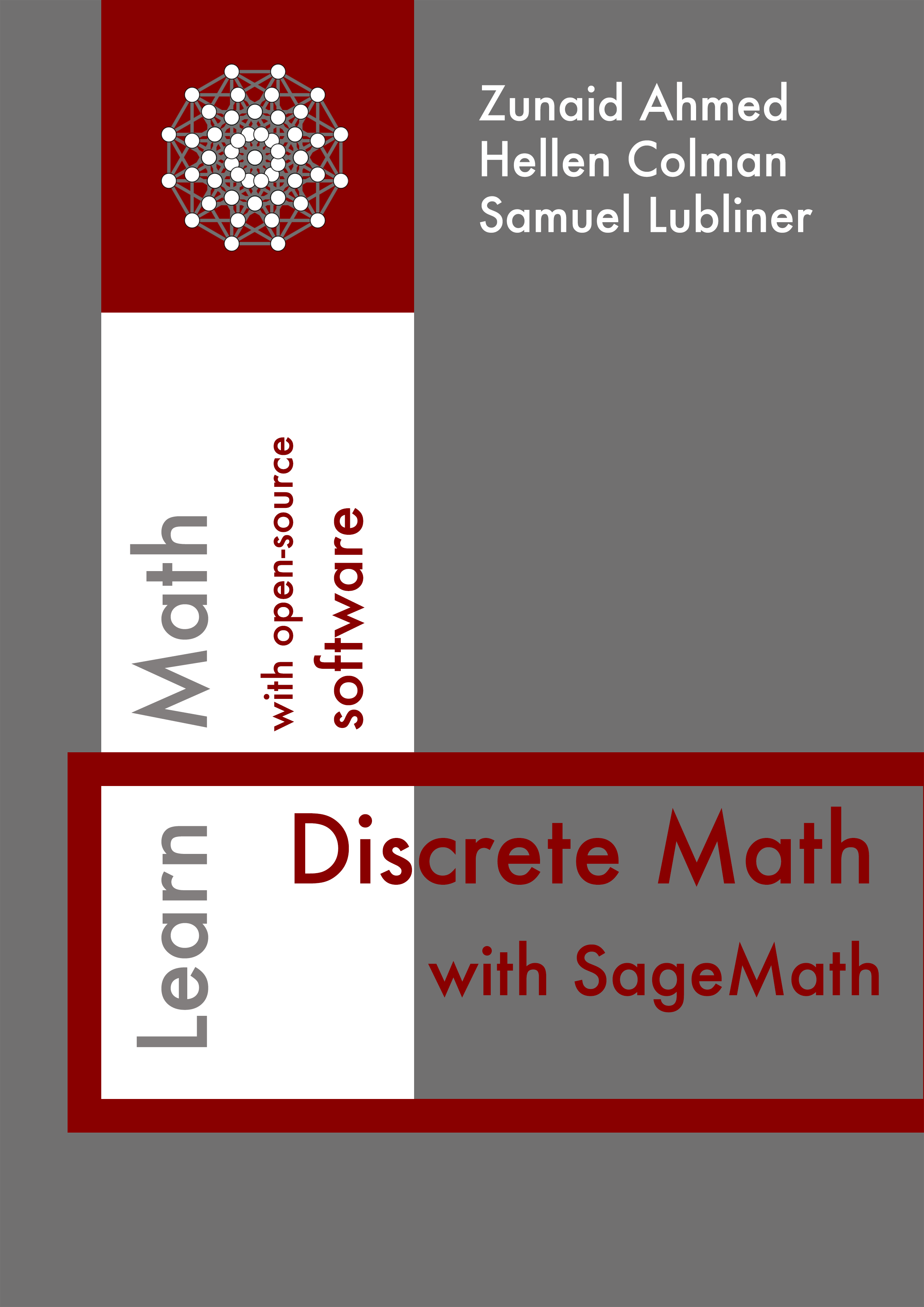Section 3.1 Combinatorics
Subsection 3.1.1 Factorial Function
The factorial of a non-negative integer \(n\text{,}\) denoted by \(n!\text{,}\) is the product of all positive integers less than or equal to \(n\text{.}\)
Compute the factorial of \(5\text{:}\)
Subsection 3.1.2 Combinations
The combination \((n, k)\) is an unordered selection of \(k\) objects from a set of \(n\) objects.
Calculate the number of ways to choose \(3\) elements from a set of \(5\text{:}\)
List the combinations:
Note that the function arranges the numbers from \(0\) to \(n - 1\) for its listing of combinations.
The
binomial() function provides an alternative method to compute the number of combinations.Subsection 3.1.3 Permutations
A permutation \((n, k)\) is an ordered selection of \(k\) objects from a set of \(n\) objects.
To calculate the number of ways to choose \(3\) elements from a set of \(5\) when the order matters, use the
Permutations() method.List the permutations:
Note that the function arranges the numbers from \(1\) to \(n\) for its listing of permutations.
When \(n = k\text{,}\) we can calculate permutations of \(n\) elements.
Calculate the number of permutations of a set with \(3\) elements:
List the permutations:
The following is an example of permutations of specified elements:
Choose \(2\text{:}\)

